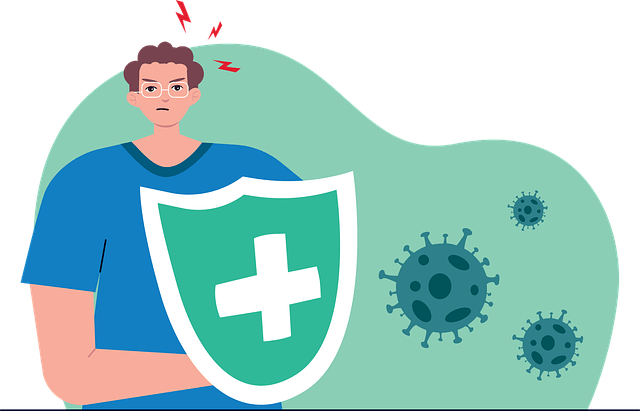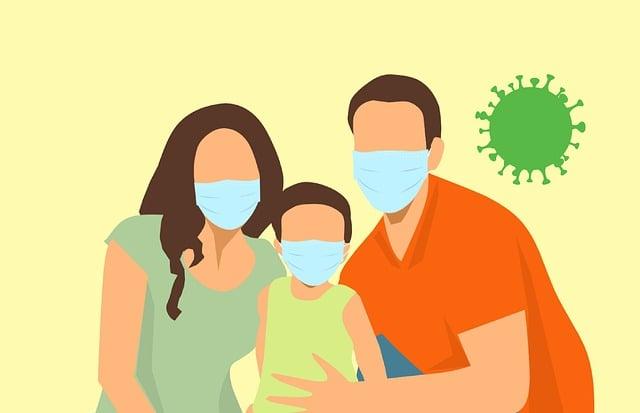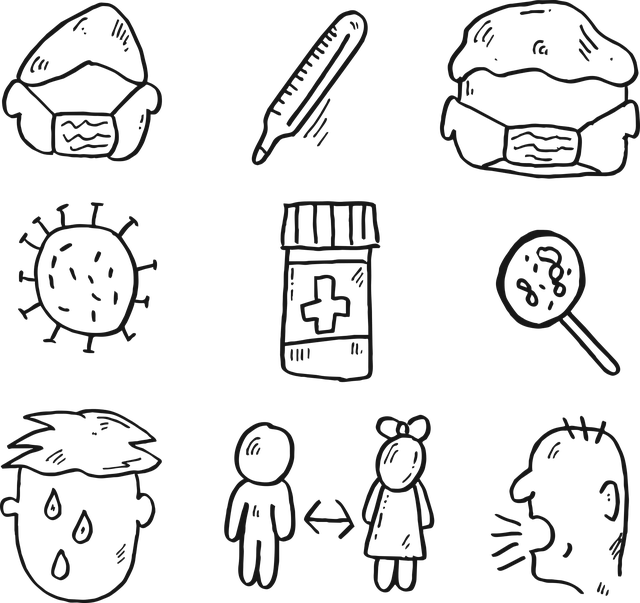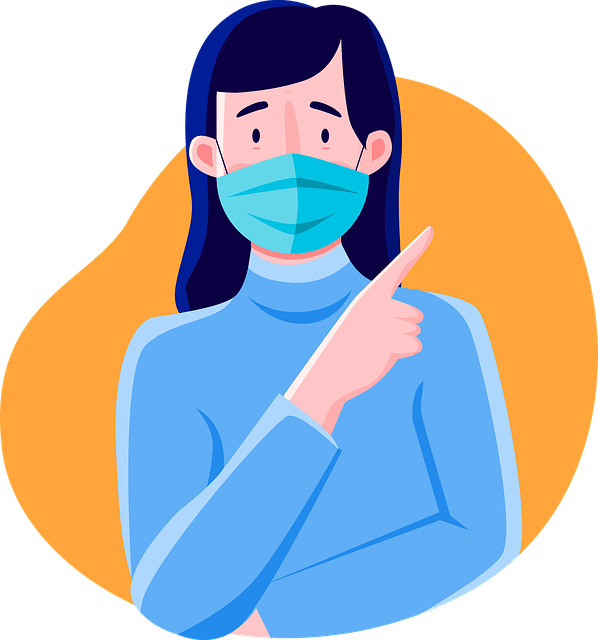A Seasonal Viral Stew is Brewing with Flu, RSV, COVID and More
Introduction:
In an age of interconnected global travel and constant viral mutations, the world has found itself facing a complex and challenging health scenario. The convergence of various respiratory illnesses, such as the flu, Respiratory Syncytial Virus (RSV), COVID-19, and more, has led to a dynamic situation that requires our utmost attention and vigilance. This confluence of diseases in a single season has sparked concerns and uncertainties, prompting us to delve into a deeper understanding of the current health landscape, the factors contributing to this viral stew, and the critical importance of staying informed.
Understanding the Current Health Scenario:
The current health scenario is characterized by the coexistence of multiple respiratory viruses, each with its unique set of symptoms, modes of transmission, and severity. The world is still grappling with the far-reaching impacts of the COVID-19 pandemic. This virus has not only claimed countless lives but has also left an indelible mark on healthcare systems, economies, and everyday life.
Adding to the complexity of this situation, seasonal flu, a perennial concern, has made its presence known as it does each year. This year, however, it is not alone. Respiratory Syncytial Virus (RSV), which primarily affects infants and young children but can cause severe illness in people of all ages, has resurged, compounding the burden on healthcare systems already stretched thin.

The Convergence of Flu, RSV, COVID, and More:
The intersection of these respiratory viruses is a cause for significant concern. In many cases, symptoms of these illnesses can overlap, making it challenging to diagnose and treat patients accurately. As we confront this viral confluence, there is a real risk of overwhelming healthcare facilities, not to mention the potential for severe health consequences for individuals who contract multiple viruses simultaneously.
Furthermore, the ever-present specter of viral mutations raises the potential for new variants, which can complicate matters further. These variants may exhibit increased transmissibility or resistance to existing vaccines and treatments. The simultaneous circulation of various viruses makes monitoring and responding to these mutations a pressing concern.
Importance of Staying Informed:
Staying informed is paramount in the face of this evolving health crisis. Public health officials, medical experts, and scientists are continuously conducting research to better understand these viruses, their interactions, and the best strategies for prevention and treatment. Being aware of the latest developments, guidelines, and recommendations is crucial for individuals, communities, and healthcare providers alike.
Informed decision-making is also essential when it comes to vaccination. Vaccines have proven to be a vital tool in the fight against these viruses, and staying up to date on vaccine availability and efficacy can significantly impact personal and community health.

The Battle of Viruses:
In the ongoing struggle for public health, a fierce battle is being fought against a trio of relentless adversaries: flu, Respiratory Syncytial Virus (RSV), and the infamous COVID-19. These viruses, each unique in their own right, have combined to pose a complex and constantly evolving challenge to medical professionals, scientists, and society at large. To understand the dynamics of this fight, it is important to explore the individual characteristics of these viruses and how they affect the human body.
Individual symptoms of flu, RSV and COVID:
Influenza (Flu): Influenza, also often called the flu, is caused by the influenza virus. It is a seasonal respiratory disease that affects millions of people around the world. Influenza viruses are known for their ability to mutate rapidly, necessitating annual vaccine updates. Flu can manifest with a variety of symptoms including fever, cough, sore throat, body aches and fatigue. While most people recover from the flu without complications, it can cause serious illness and even death, especially in the elderly and vulnerable populations with underlying health conditions.
Respiratory syncytial virus (RSV): RSV is a common virus that primarily affects the respiratory system, especially in infants and young children. It can also infect adults and cause mild to severe respiratory symptoms. RSV is highly contagious and outbreaks occur during the fall and winter months. It may manifest as symptoms such as coughing, wheezing and difficulty breathing, especially in young children and people with weakened immune systems.
COVID-19: COVID-19, caused by the novel coronavirus SARS-CoV-2, has emerged as a global pandemic and remains a major public health concern. This virus is characterized by its high infectiousness and ability to cause a wide range of symptoms, including fever, cough, shortness of breath, loss of taste and smell, and gastrointestinal symptoms. What sets COVID-19 apart is its ability to lead to severe pneumonia, acute respiratory distress syndrome (ARDS), and long-term health complications. Additionally, the virus has demonstrated the ability to generate new variants that could affect its transmission and the effectiveness of vaccines and treatments.

How do they affect the body:
Flu, RSV and COVID-19 all primarily target the respiratory system, causing respiratory symptoms such as cough, congestion and difficulty breathing. However, the severity of the effects on the body can vary greatly:
Influenza: In most cases, flu causes mild to moderate symptoms that resolve within a week or two. However, it can lead to complications such as pneumonia, which can be life-threatening, especially in vulnerable individuals.
RSV: RSV usually causes mild cold-like symptoms in adults and older children, but can cause serious respiratory illness in infants, the elderly, and people with weakened immune systems.
COVID-19: COVID-19 can range from mild or asymptomatic cases to severe respiratory distress and multi-organ failure. It can also result in long-term symptoms called “long COVID,” which affect various body systems even after the initial infection has been cured.
Understanding the individual characteristics and varying effects of these viruses on the human body is important in the ongoing battle to manage and control their spread. In the following sections, we will delve deeper into the unique characteristics and challenges posed by each of these viral adversaries and explore the strategies adopted to deal with them effectively.
Symptoms and Diagnosis:
Understanding the symptoms associated with various illnesses and the methods employed for their diagnosis is a critical cornerstone of modern medicine. This knowledge not only helps individuals recognize and seek treatment for their conditions but also aids healthcare professionals in accurately identifying and treating diseases. In this discussion, we will delve into the distinguishing symptoms that characterize different illnesses and the diagnostic procedures that facilitate timely and precise identification.

Distinguishing Symptoms:
Influenza (Flu): The flu often presents with sudden onset symptoms, including high fever, chills, fatigue, sore throat, cough, body aches, and headache. While these symptoms can overlap with other respiratory illnesses, the rapid and severe onset of the flu is a distinguishing feature.
Respiratory Syncytial Virus (RSV): RSV symptoms in adults may resemble a common cold with congestion, runny nose, cough, and fever. In infants and young children, it can lead to more severe symptoms like wheezing and breathing difficulties.
COVID-19: COVID-19 symptoms can be highly variable, with some individuals remaining asymptomatic. Common symptoms include fever, cough, shortness of breath, loss of taste and smell, and fatigue. However, COVID-19 can also manifest with gastrointestinal symptoms and affect multiple organs.
Diagnostic Procedures:
Influenza (Flu): Diagnosing the flu often involves a clinical assessment of symptoms along with specific diagnostic tests, such as the rapid influenza diagnostic test (RIDT) or reverse transcription-polymerase chain reaction (RT-PCR). These tests detect viral genetic material or antigens in respiratory samples.
Respiratory Syncytial Virus (RSV): RSV diagnosis is also based on clinical evaluation and can be confirmed through laboratory testing using RT-PCR or antigen detection methods. In some cases, chest X-rays may be employed to assess lung involvement.
COVID-19: The diagnosis of COVID-19 typically relies on RT-PCR testing of respiratory samples, such as throat swabs or nasal swabs. Rapid antigen tests are also used for screening purposes. Serological tests can detect antibodies against the virus in blood, indicating past infection.
Understanding the specific symptoms associated with different illnesses and the corresponding diagnostic procedures is essential not only for healthcare professionals but for individuals who may experience these symptoms. Early recognition and diagnosis enable timely treatment and appropriate measures to prevent the spread of contagious diseases. In the following sections, we will explore in more detail the diagnostic tools and strategies employed for each of these illnesses.
Seasonal Trends:
Monitoring the ebb and flow of viral infections, particularly during distinct seasons, provides valuable insights for healthcare planning and resource allocation (References: CDC, WHO). Seasonal trends are influenced by a myriad of factors, including climate, human behavior, and the characteristics of the viruses themselves.
Prevention Strategies:
Preventing viral transmission is a linchpin in our defense against infectious diseases. Strategies such as vaccination, hand hygiene, mask-wearing, and physical distancing, as recommended by global health authorities, play a pivotal role in curbing the spread of infections (References: WHO, CDC). These strategies are especially relevant during pandemics like COVID-19.

Coping with the Viral Stew:
The coexistence of multiple viruses, like influenza, RSV, and COVID-19, presents a unique challenge. Coping strategies involve adapting healthcare systems, developing targeted treatments, and public health campaigns that consider the complexities of managing a variety of viral infections (References: Lancet, NEJM).
The Role of Herd Immunity:
Achieving herd immunity through vaccination is a critical strategy for reducing viral transmission and protecting vulnerable populations. This approach is paramount in the battle against contagious diseases (References: JAMA, Nature). The level of herd immunity required may vary among different viruses.
Global Response:
The global response to viral outbreaks requires international cooperation, data sharing, and the development of strategies to mitigate the impact of epidemics and pandemics. Organizations like the World Health Organization (WHO) and the Centers for Disease Control and Prevention (CDC) are at the forefront of coordinating such efforts (References: WHO, CDC).
Vaccine Development:
The rapid development of vaccines, including groundbreaking mRNA vaccines for COVID-19, showcases the potential for innovative solutions in combating emerging viral threats (References: Science, NEJM). The continuous evolution of vaccine technology is a testament to human ingenuity.
The Importance of Data:
Data-driven decision-making underpins epidemiological studies, contact tracing, and the allocation of healthcare resources. Accurate and timely data are invaluable for understanding viral trends and making informed choices in the realm of public health (References: Lancet, JAMA).
The Impact on Daily Life:
Viral outbreaks have wrought profound changes in daily life, affecting travel, work, education, and social interactions. These shifts underscore the need for adaptive strategies and resilience (References: The Guardian, New York Times).
Staying Informed:
Staying informed through reliable sources, scientific journals, and official guidance is paramount for individuals and communities when navigating the complexities of viral threats (References: CDC, WHO). Knowledge empowers individuals to make informed decisions for their well-being.
Preparing for the Future:
Preparing for future viral threats necessitates investments in healthcare infrastructure, research, and global cooperation. Enhancing our preparedness and response capabilities is essential in an era of emerging infectious diseases (References: NIH, Lancet).

Conclusion:
In summary, the convergence of flu, RSV, COVID, and other respiratory illnesses has created a challenging but manageable situation. Staying informed, practicing prevention, and relying on science and innovation are key to navigating this complex health landscape.
FAQs:
1: Can I get the flu and COVID at the same time?
Yes, it is possible to be infected with both the flu and COVID simultaneously, highlighting the importance of vaccination.
2: How can I protect my family from these viruses?
Vaccination, hygiene, and following public health guidelines are effective ways to protect your family.
3: What are the long-term effects of COVID?
COVID-19 can have long-term health effects, including respiratory and neurological issues.
4: Are vaccines effective against all these viruses?
Vaccines are effective against specific viruses and play a crucial role in preventing infection.
5: What can we expect in the upcoming flu season?
The upcoming flu season will require heightened vigilance and adherence to vaccination and safety measures to prevent simultaneous outbreaks of multiple viruses.



